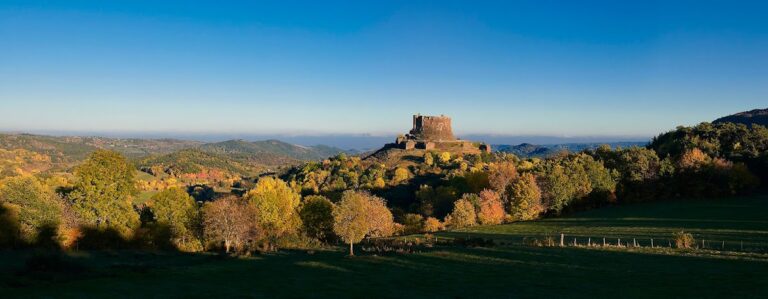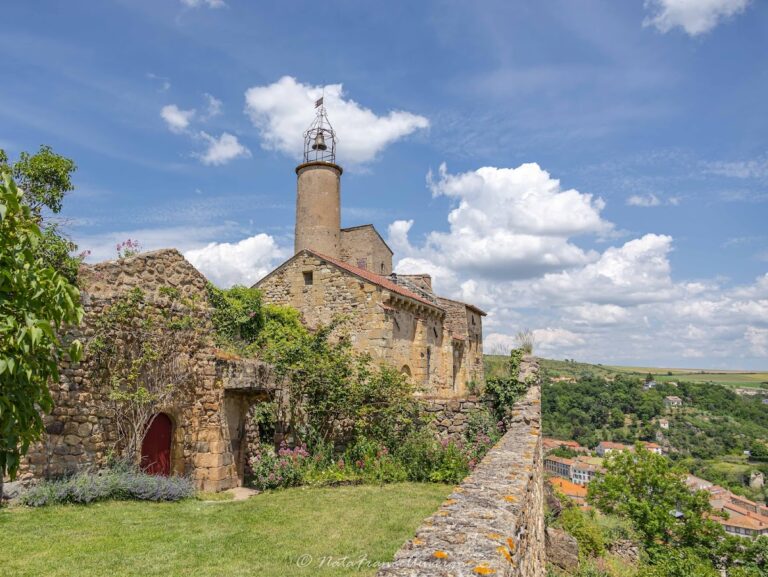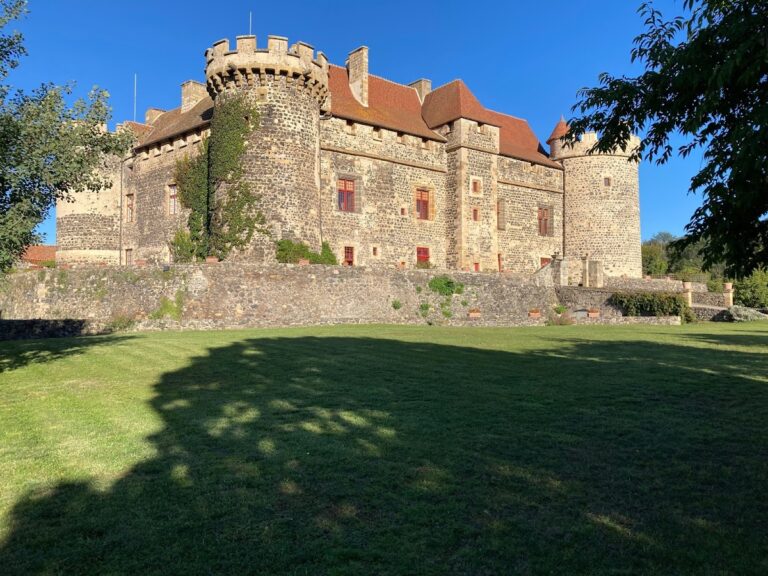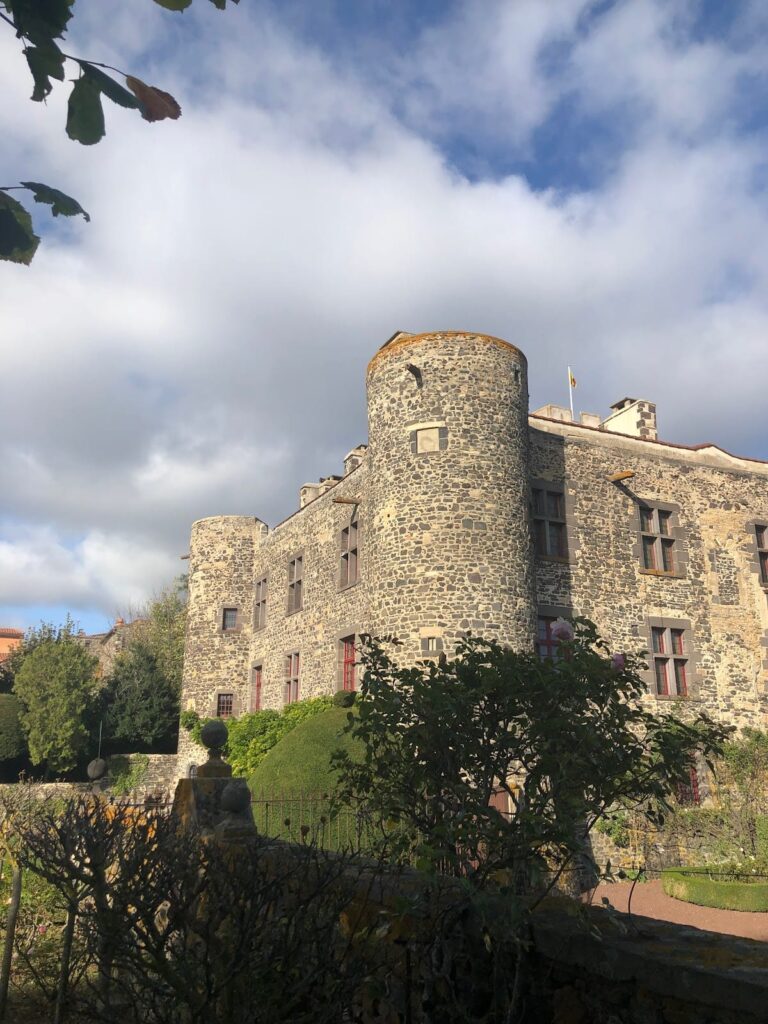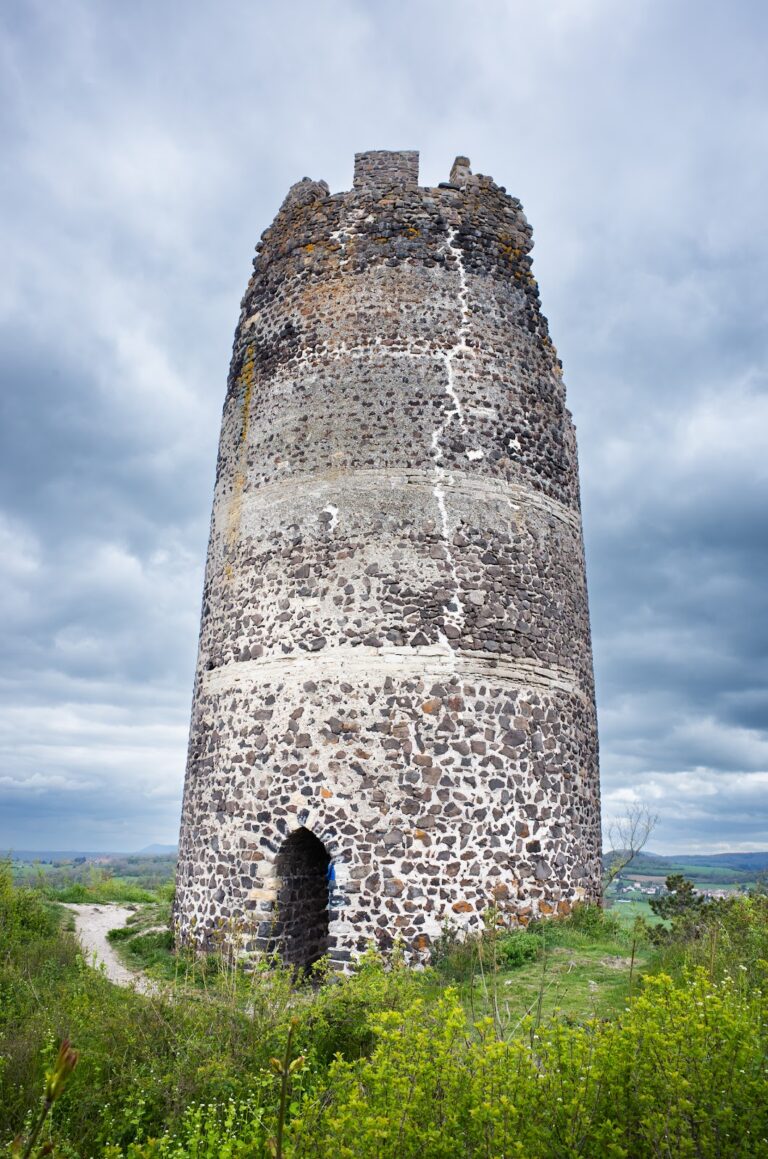Château de Murol: A Historic Medieval Castle in Central France
Visitor Information
Google Rating: 4.6
Popularity: Medium
Google Maps: View on Google Maps
Official Website: www.murolchateau.com
Country: France
Civilization: Medieval European
Remains: Military
History
The Château de Murol is situated in the village of Murol, within the Puy-de-Dôme department of the Auvergne-Rhône-Alpes region in central France. The site occupies a basalt promontory nearly 1000 meters above sea level, offering strategic views over the surrounding landscape. Its earliest known occupation dates back to the Neolithic period, though evidence of a Gallo-Roman presence remains unconfirmed.
Construction of the medieval castle began between the 10th and 11th centuries. Initial works included primitive defensive walls and village structures. The earliest surviving elements, such as a Romanesque chapel and fortifications, date from the 11th to 12th centuries. Around this time, the parish and castellany of Murol were likely established, formed from older neighboring parishes. The castle’s location was chosen for its control over the junction of three ancient Roman roads connecting Limagne, Le Mont-Dore, and Clermont-Ferrand.
From the 12th to the 15th centuries, the castle underwent continuous expansion and strengthening. In the 14th century, Guillaume II de Murol notably added a funerary chapel. The castle housed the lord, his family, and about twenty domestic staff during the late 14th and early 15th centuries, supported by a small garrison of three men-at-arms.
Ownership passed to the d’Estaing family in the late 15th century through the marriage of Jehanne de Murol to Gaspard d’Estaing in 1455. In the 16th century, François I d’Estaing enhanced the castle’s defenses by constructing a large bastioned enclosure with almond-shaped towers designed for light artillery. He also began building a Renaissance palace featuring a hanging garden, though this project remained unfinished.
The castle endured sieges during the religious conflicts of the Catholic League. It avoided destruction by Cardinal Richelieu, likely due to the d’Estaing family’s standing. Subsequently, the castle was abandoned, fell into partial ruin, and was used as a source of building stone.
In 1880, the last private owner transferred the castle to the local department, which later passed it to the commune in 1953. The Château de Murol has been officially recognized as a historic monument since 1889. It has been mentioned in literature by authors such as Guy de Maupassant and George Sand, reflecting its cultural presence in the 19th century.
Remains
The Château de Murol is built atop a basalt mesa, with a polygonal inner enclosure that follows the natural contours of the rock. The defensive walls rise to about 10 meters in height, enclosing the main structures.
A large circular tower serves as the keep, or donjon, positioned above two chapels. The larger chapel dates from the 11th century, while a smaller Romanesque funerary chapel was added at the end of the 14th century by Guillaume de Murol. These chapels lie beneath the keep, reflecting the castle’s religious functions.
At the northeast corner stands the Tour de Chautignat, a main tower from the 13th century. It contains several vaulted rooms accessible by a spiral staircase, illustrating medieval defensive architecture.
Domestic facilities include a kitchen and bakery located on one side of the courtyard. These spaces feature large chimneys, an oven, and a kneading trough, indicating the castle’s capacity to support its inhabitants.
The outer curtain wall, built in the 16th century under François I d’Estaing, encloses the castle with bastioned almond-shaped towers designed to accommodate light artillery. Within this enclosure lies the remains of a Renaissance pavilion with a hanging garden on the eastern side. Although the pavilion was never completed, its façade still shows ancient moldings and pilasters.
Access to the inner courtyard is gained through a door reached by a ramp. This entrance is decorated with the coats of arms of the Murol and d’Estaing families, symbolizing the castle’s lineage.
Remnants of a gallery, kitchen, bakery, and several outbuildings remain visible within the complex. Visitors can climb the curtain walls via a spiral staircase and walk along the ramparts, which offer panoramic views of the surrounding valley, lake, and volcanic landscape.
An artillery piece named after François d’Estaing was discovered on the site, linking the castle’s military history to its 16th-century fortifications. Today, the castle stands in partial ruin but retains significant structural elements from both its medieval and Renaissance phases.





